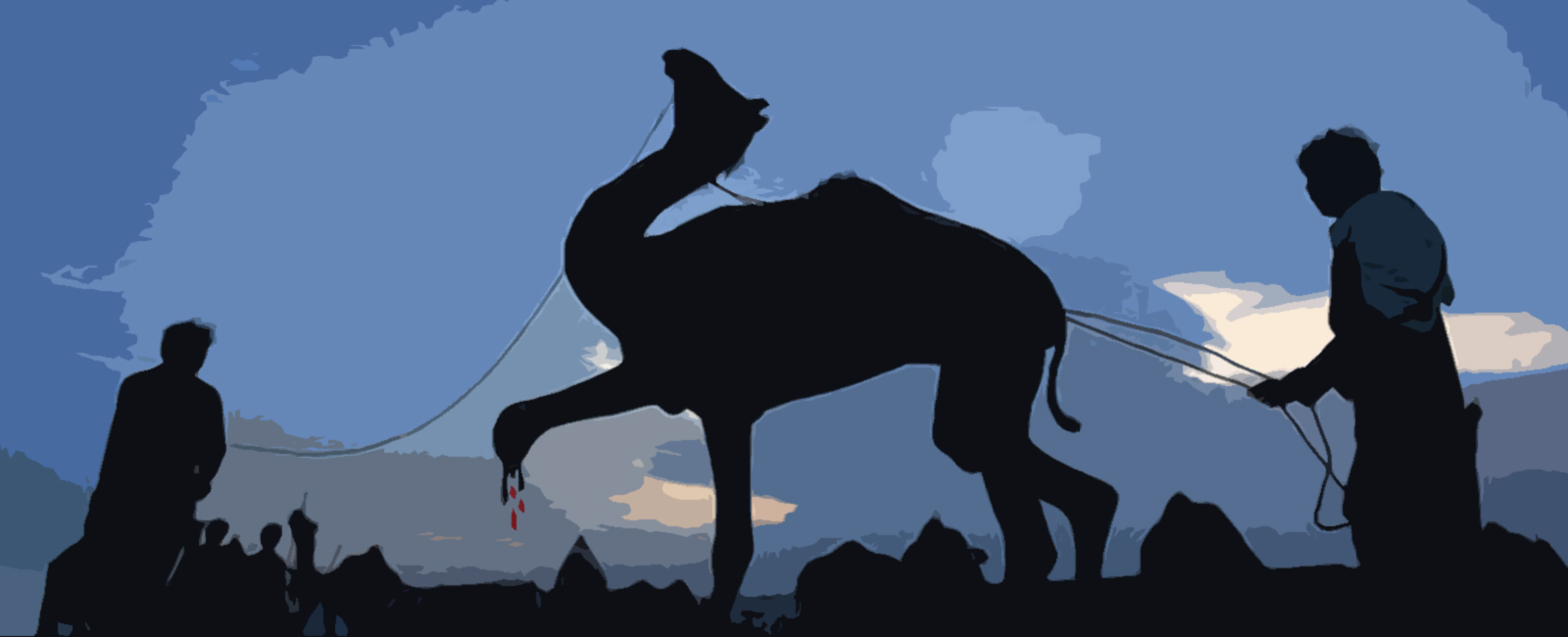Animal cruelty: Rule or exception?
Even when things are utterly depressing, recent incidents involving animal cruelty actually warn against succumbing to cynicism

2024 marks the seventh year since I began raising and caring for dogs. It started with one adorable Labrador, Caesar, who we "purchased" because my sister and I wanted a canine companion. Despite opposition from our family, mostly dominated by mobility-challenged senior citizens, Caesar and his lovely antics eventually won over our small neighbourhood in Karachi.
A year after including Caesar in the family, we rescued Bella, a three-month-old female pup who was being dragged outside our house by a group of kids. Long story short, today we are caring for six dogs, all but one of them being a mixed breed. I can go a step further and share the uncomfortable truth that five out of the six dogs we are caring for are reactive, and two of these five have become a bite risk.
My journey with the dogs has been one of constant learning, unlearning, fascination, joy, grief, conflicts, confrontations, and several years of growth. While I can elaborate at length on what it is like to be involved in the day-to-day care of six dogs, I think the biggest takeaway will always be that caring for animals goes far beyond feeding them and taking them for walks. Like humans, animals have distinct natures and independent personalities. Several scientific studies support this observation.
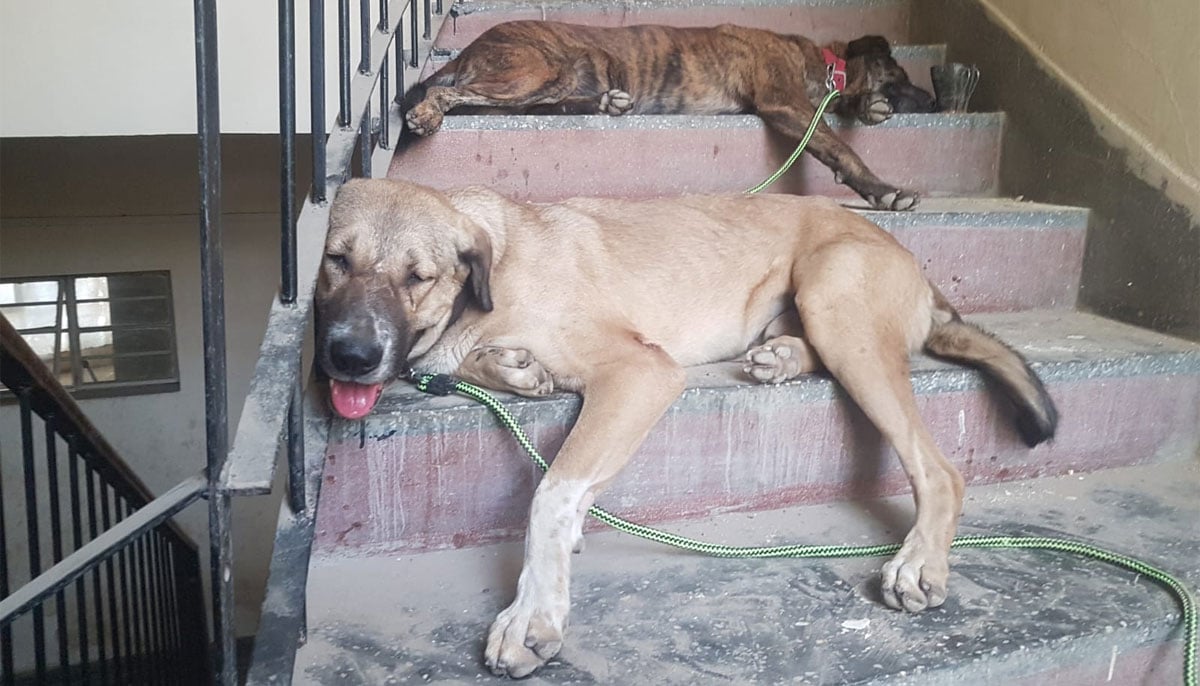
Animals — even if they are in the same category, such as dogs or even snails — respond to stress, play, and human-animal interaction in completely different ways. For example, one of my dogs will rush to hide when fireworks are heard, while another will not be bothered at all. Yet another one of my dogs cannot tolerate the sight of another dog, but she is most friendly with humans.
Our larger environment, ravaged by human-created disasters in the form of noise and light pollution, extreme weather conditions, crowded spaces, and nuisance activities, including abusive behaviour towards animals, has a grave impact on them, whether they are stray dogs or pets.
It is up to us, as human parents, to understand our pets’ distinct personalities and requirements and manage our environment in a way that helps them stay calm. This means controlling noise levels, ensuring proper diet and sleep, socialising with humans and animals, and training them to decondition from their triggers.

This is not something that is practised for stray animals, who are exposed to constant stress in the form of noise and traffic. They are perpetually distressed because of human threats to their survival. While there are many great examples of communities caring for stray dogs and cats, and bonding of rural communities with their livestock, the number of cases of animal abuse on mainstream and social media is alarming.
Inhumane abuse
Just two days before Eid ul Adha, the barbaric cruelty against a camel by a landlord in the Sanghar District and against a donkey in Rawalpindi reinvigorated the debate about the rise in cases of animal cruelty in Pakistan. The two incidents that made headlines followed a spate of shocking acts of violence against dogs, widely practised in urban neighbourhoods. In one case, two men threw a dog from a medium-rise building in Karachi after being bothered by the dog’s frequent visits to the apartment area in search of food.
In another incident following the 2018 general elections, two men shot a dog dead in front of a camera, wrapping him in the opposition party’s flag, as a mark of their displeasure over their win from the area in the elections. The same week, a donkey was tortured to death by political workers over some remarks made by their party’s rival. All the above-mentioned incidents received attention on mainstream and social media and were followed by arrests and punishment.
Perhaps an imminent question for animal rights activists raising their voices would be why certain acts of animal cruelty get noticed and follow punishment while others do not. Animal rights groups report heinous acts against animals, especially street dogs, all the time. Another question would be why a whole infrastructure of condemnation has to be activated to ensure state action and punishment against the perpetrators of violence against animals.
It may be easy to attribute this to the inadequate enforcement and punishment of animal cruelty legislation in Pakistan. In 2022, however, Prime Minister Shehbaz Sharif's government "banned testing and surgeries on live animals at veterinary schools and industrial complexes" in Islamabad. It also announced a Rs15,000 fine and jail sentence for those involved in animal cruelty.
However, I would argue that the entire state of Pakistan and society is at war against animals. Citing just a few instances of animal cruelty as a sign of rot in society may amount to evading the root causes that truly lie at the heart of the merciless execution of animals over slight inconvenience.
Does language trigger animal cruelty?
I would start with how our stories and textbooks, which are replete with references to human superiority, automatically assume animal inferiority. These books establish animals as an example of all things undesirable for humans. Animals are described as predators, ruthless, fighting among themselves, and unhygienic. Certain animals are cited as disapproved by religion, referencing anecdotal tales.
Terms such as haiwan and darinda are openly used in our textbooks, warning children against doing anything that may categorise them as such. The media goes a step further and reports violence, murder, and even sexual abuse cases as examples of beastly acts similar to those done by animals.
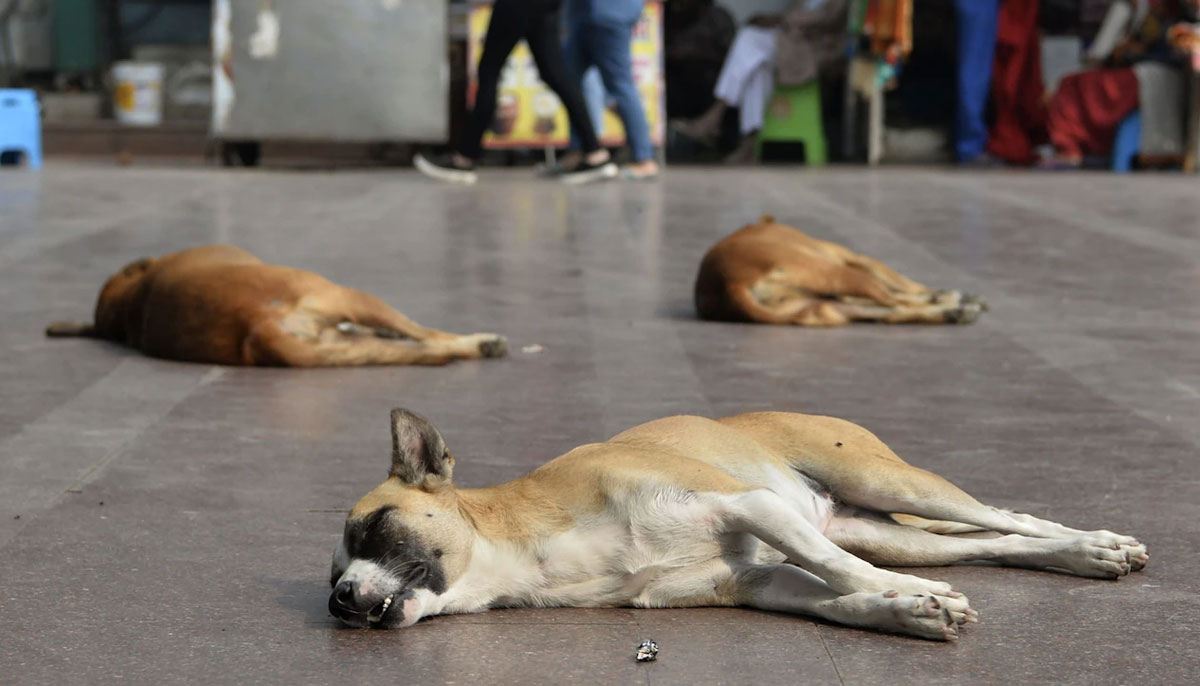
This also explains why our social references extend negatively to animals. In our daily interactions, we refer to various instances using animal comparisons. While mocking friends, we say, "Kya janwar (animal) ki tarah baal banaye huye hain?" and use "gadhay" (donkey) to describe someone as dumb or "kuttay ke bachchay" (son of a dog) when we are angry with someone.
There has never been any effort by our educational institutions, social groups, or even religious institutions to address this unnecessary and harmful way of referencing animals in our daily communication.
An ecosystem of abuse
On its part, the state officially uses animal cruelty under several pretexts. It is used as a municipal measure — culling stray dogs. Animal cruelty is also treated as a form of tourism promotion and even a pillar of diplomacy by offering licences to shoot rare birds and wild animals to entertain friendly countries and tourists. The state's active promotion of real estate development in forest areas, national parks, and agricultural land also signals that it is happy to uproot habitats for monetary gains. All this does little to foster a culture of care and kindness towards animals.
Pakistan is a rapidly urbanising country. Urban planning is central to good governance, quality of life, and, in today’s times, climate resilience. Strangely, our urban planning never features cohabitation with animals, including stray dogs and cats, as a component of urban layout. Trees are mercilessly cut, footpaths are shrunk to make way for moving vehicles, and the encroachment of public spaces and compulsory open spaces is actively encouraged by building regulators, leaving limited spaces for urban residents to engage with nature and get to know creatures other than fellow humans.
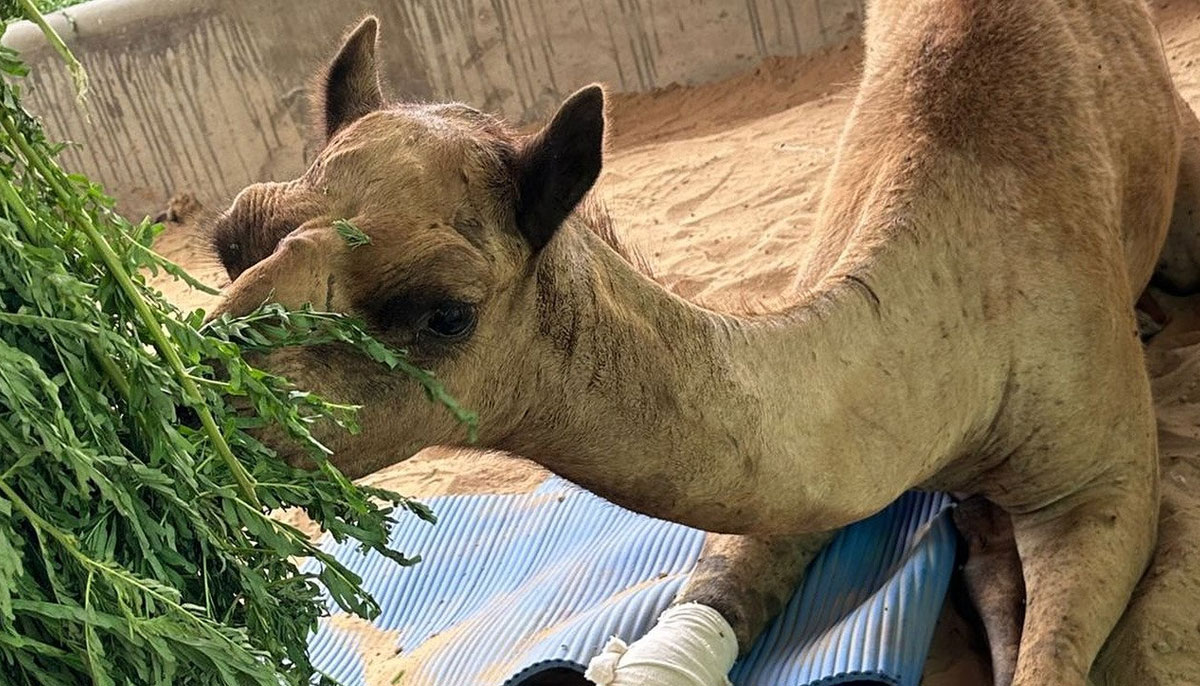
The recent act of violence against a camel, now named Cammie, and housed by the animal shelter CDRS Benji Project for Animal Welfare and Rescue in Karachi — under the Comprehensive Disaster Response Services — has also done the unthinkable act of addressing the elephant in the room. As the case was reported just days before Eid-ul-Adha, an interesting debate on social media concerning meat eating as a form of animal cruelty ensued.
It cannot be emphasised enough that mercy is the fundamental principle of Islam, the dominant religion practised in Pakistan. The concept of mercy is not only ingrained in the Creator’s interaction with the creation but also in how human beings should act towards each other. Mercy entails empathy, kindness, nonviolence and forgiveness. Keeping the concept and practice of mercy separate from our dietary preference raises several questions including how well, we humans as God's chosen creatures, capable of wisdom and ingenuity, are doing the job of doing good in the world.
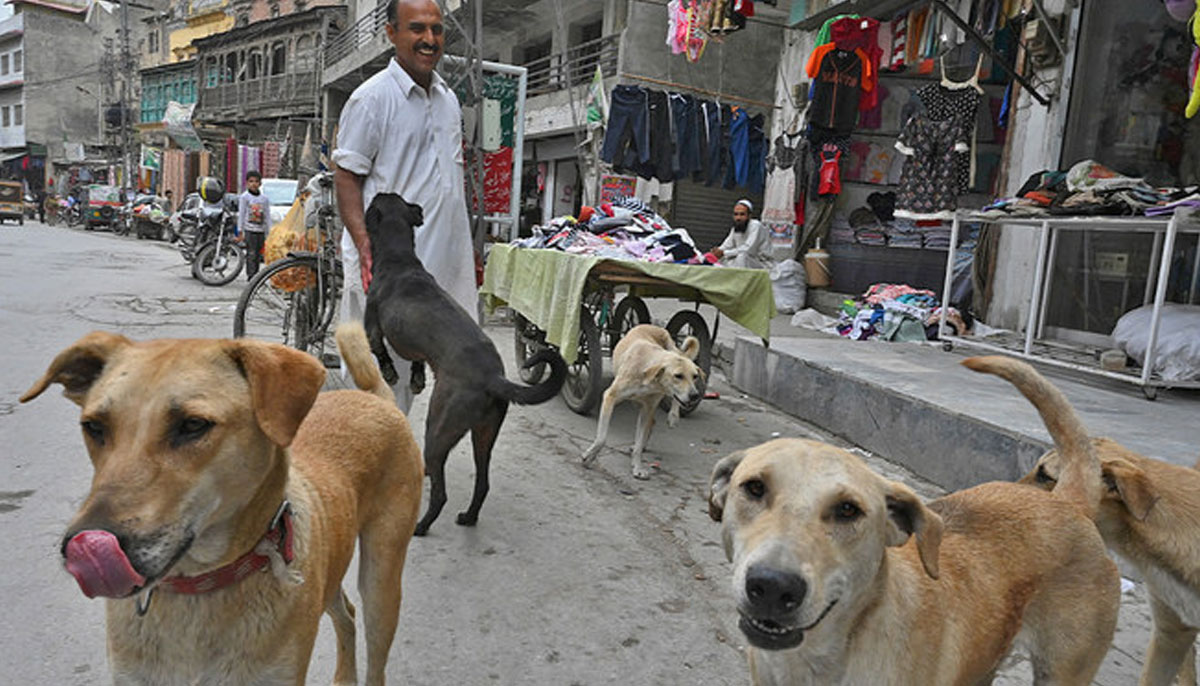
However, even when things are utterly depressing, the recent incidents warn against succumbing to cynicism. Animal rights activism has come a long way in Pakistan. The animal rights community comprising shelter operators, local rescuers, pet owners and a vast majority of youth have played a groundbreaking role in promoting the cause of animal protection through engagement with policymakers, community, and international experts, and by imaginatively using mainstream and social media to highlight animal abuse. These actions have gradually built a safe space to promote discourse on animal rights and tackle difficult questions about creating spaces for animals to co-exist with the human population.
Moreover, numerous videos and photos emerge daily from the community extending care towards stray dogs despite limited resources and space. These posts are widely shared and celebrated reinforcing how Pakistanis, at heart, are largely animal lovers and the cases of acts of violence are perhaps an exception and not a rule.
Zeenia Shaukat is a researcher based in Karachi and works for The Knowledge Forum.
Disclaimer: The viewpoints expressed in this piece are the writer's own and don't necessarily reflect Geo.tv's editorial policy.



